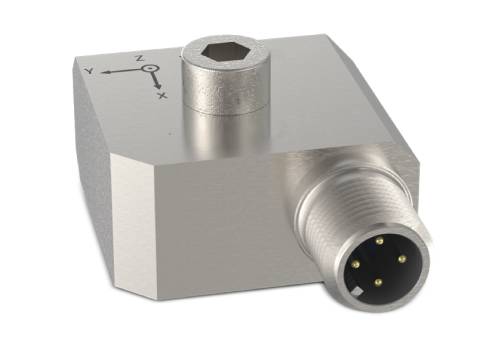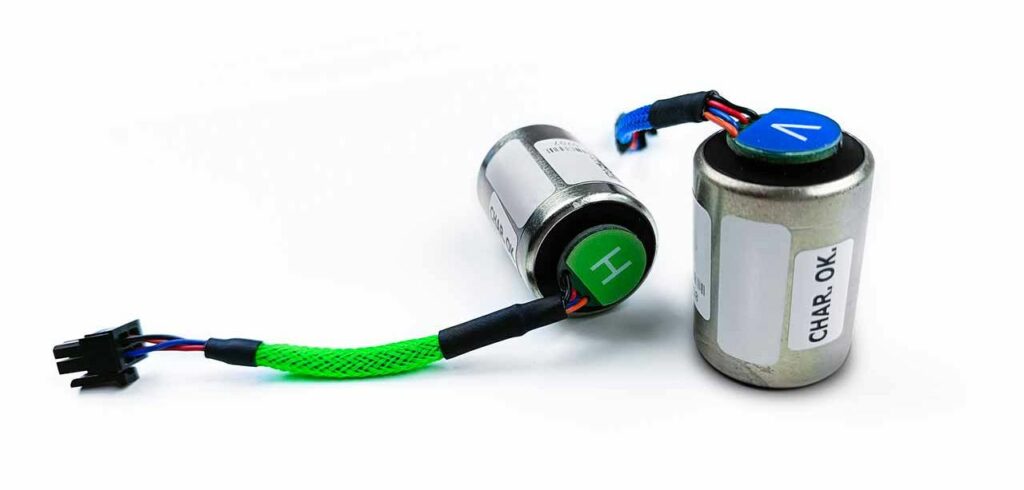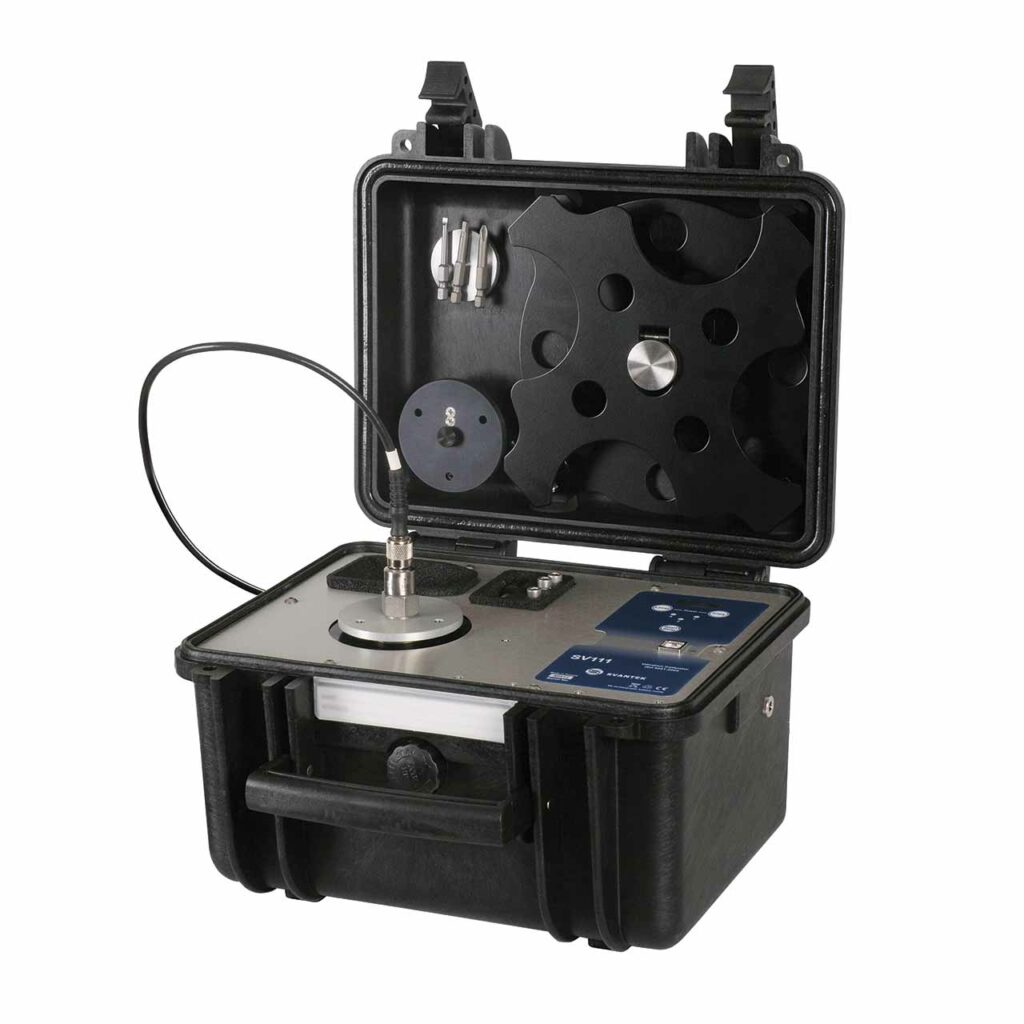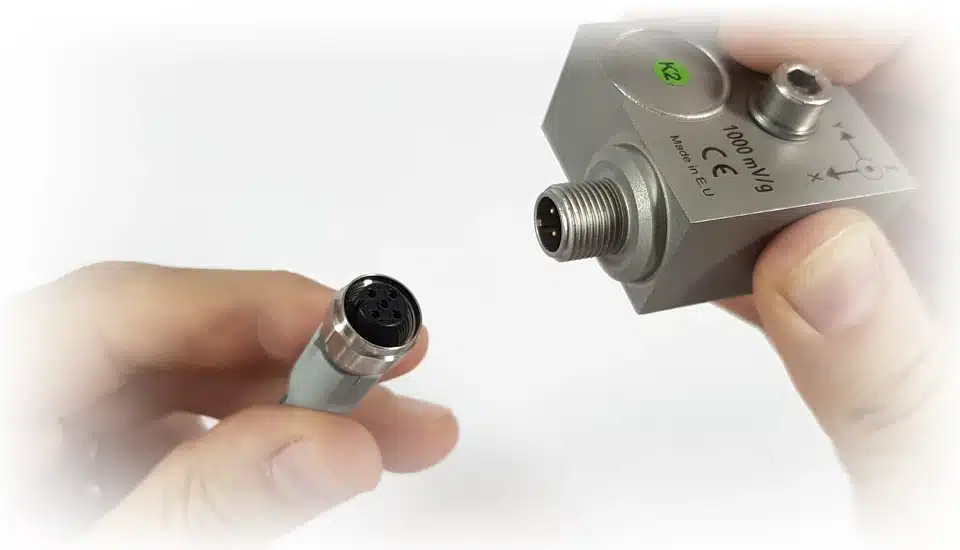Transducers: Energy Conversion, Types, Applications, and Best Practices
Transducers convert energy from one form to another, enabling the measurement, monitoring, and control of various physical phenomena, especially in sound and vibration applications where they transform mechanical energy into electrical signals or vice versa. Choosing and using the right transducer involves ensuring proper connection, powering, calibration, and regular maintenance to maintain accuracy and reliability.



